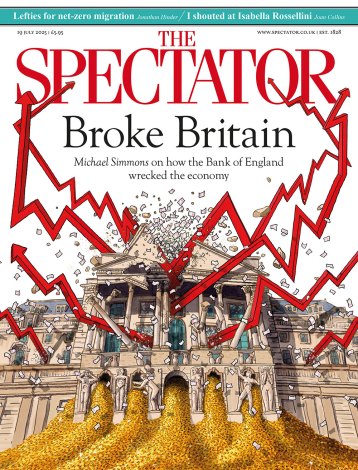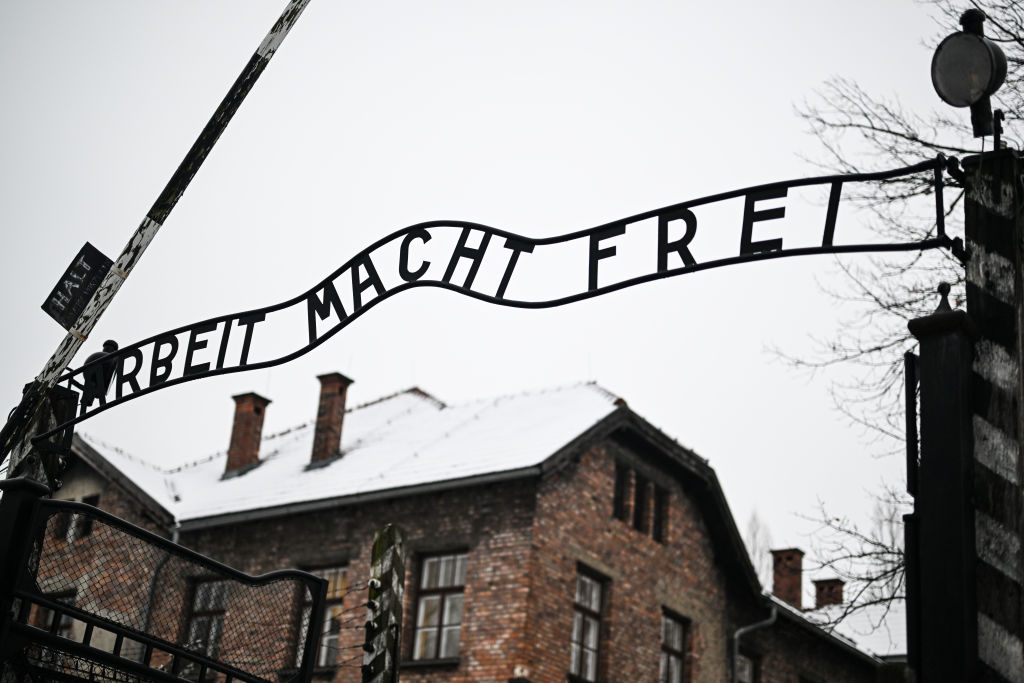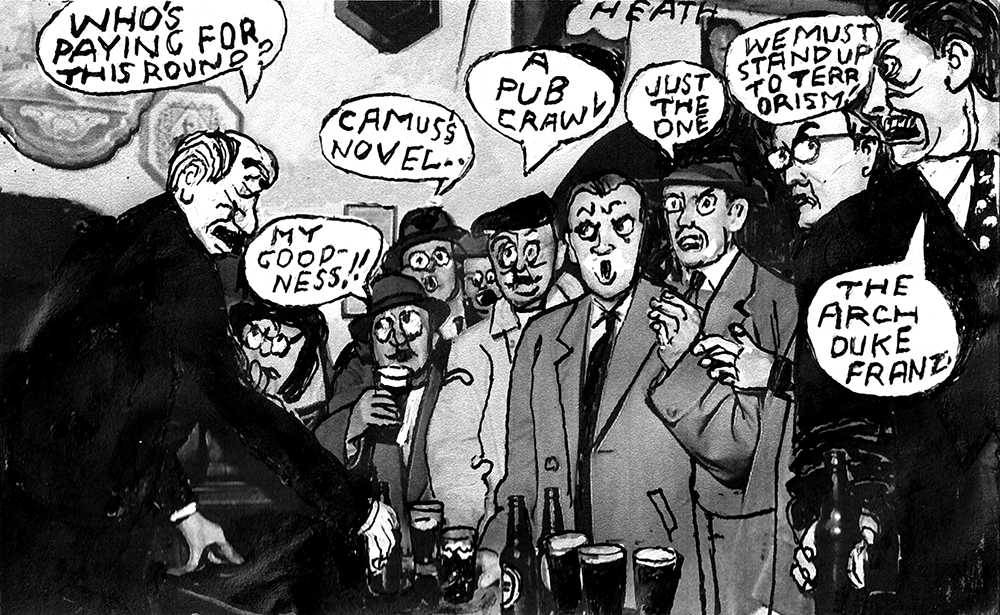In 1982, to the shock of almost everyone who knew me, I began a two-year training programme designed to turn me into a competent prison governor. It was a largely unmemorable experience but with a singular exception. I read an article about the commandants of the Nazi death camps called ‘A curious absence of monsters.’ It was and remains the most troubling thing about the Holocaust I’ve read, and it encouraged me to read a great deal more about the individuals who industrialised barbarism.
Auschwitz as it is currently presented fails in one important respect
In all the 23 years I worked in and around prisons in England and Wales, including seven years leading the Prison Service, I never stopped fretting over the possibility that some of my staff might abuse prisoners. Not because they – largely ordinary decent men and women – were inclined to cruelty, but because the evidence from the Holocaust suggests, uncomfortably, that the most extreme cruelty, torture and murder could be, and was, carried out by people who appeared also to be ordinary, decent men and women.
There wasn’t anything about seeing Auschwitz and its neighbour, Birkenau, which surprised me when I visited last week. It was of course profoundly moving to see the crematoria, to walk through one of the shower blocks and see the blackened chimneys through which the blue Zyklon B pellets were dropped. And seeing the mounds of children’s shoes and other family belongings, and in particular viewing one photograph of a Hungarian mother and her seven children, including a baby in her arms, as they trooped quietly into the gas chamber, will haunt me for some time.
But Auschwitz as it is currently presented fails in one important respect. It offers comfort to those who want to believe that the evils of Nazism and their attempt to eradicate the Jewish race was a singular historical aberration. At the end of the visit, we were steered towards the commandant’s family home which remains intact and just a short distance from the gas chambers. We were shown the gallows erected after the war, within view of his home, and to which he was returned in 1946 to be hanged. It’s as if bringing Rudolf Hoss to justice almost put everything right.
Auschwitz is an immensely moving shrine to those who were slaughtered there. In a four-hour visit and in a carefully scripted commentary, the Nazis were referred to frequently. But I did not hear the phrase anti-Semitism. And the false comfort that the horrors of Auschwitz were uniquely the responsibility of Nazi monsters and of Rudolf Hoss in particular is grasped by so many.
As a young man Rudolf Hoss developed a vocation for the priesthood. And although that vocation was never fulfilled, he considered himself to be a deeply devout Christian and with an earnest belief in the role of duty. That sense of duty drew him to the army and in the First World War he served his country with distinction. Promoted through the ranks, he became his country’s youngest non-commissioned officer. Wounded three times, he was awarded his country’s highest decorations for gallantry.
In peacetime. he became attracted to the back to the land movement and pursued a farm-based lifestyle, in which family life was of primary importance. He married and had five children whom he was known to love very much. He became interested in photography and his biography is littered with photographs depicting a simple family, a life of picnics and ball games. A few days before he died, he dedicated his life story to his three daughters and two sons and, in a final message, capturing his love for his children, he told his eldest son:
Keep your good heart. Become a person who lets himself be guided primarily by warmth and humanity… listen above all to the voice in your heart.
I repeat Hoss’s biography because, loving Father and church-going family man through he was, the Commandant of Auschwitz and was responsible – as he later admitted to a court at Nuremburg – for the degradation, humiliation, and slaughter of two and a half million Jewish men, women and children who were gassed by Zyklon B, which Hoss personally and enthusiastically developed.
I’m afraid that right now, particularly in the wake of the 7 October Hamas slaughter of Jewish mothers and babies, Auschwitz fails to address the disturbing reality that what happened in Poland between 1942 and 1945 was not simply a consequence of Nazism but was, more broadly, a consequence of the anti-Semitism which was widespread in Europe before and during the war.
An example: just 300 miles or so from Auschwitz is the notorious Colditz Castle. From about 1942, prisoner of war escapees were held there by the Germans and housed in their separate nationalities. French prisoners demanded of the German authorities that they should not have to share their accommodation with Jews. They were successful and the French Jewish prisoners, who had fought for their country and had previously escaped to return to the war, faced dangerous isolation. To their credit, British prisoners of war, in particular Airey Neave (later to become an MP and to be murdered by the Irish National Liberation Army) prevented that isolation by pointedly associating with and dining with the French Jews.
Inscribed at the memorial site at Auschwitz is a famous quotation attributed to George Santayana, the Spanish-American philosopher: ‘Those who do not remember the past are condemned to repeat it.’ My worry is that we might be misremembering the origins of Auschwitz and the Final Solution. The truth is that the barbarous slaughter of six million European Jewish men, women, children and babies, simply because they were Jewish, did not necessarily need monsters in the way we generally understand that word. And that’s why the indisputable anti-Semitism which has reared its head since the Israelis sought to avenge 7 October is so profoundly worrying.







Comments